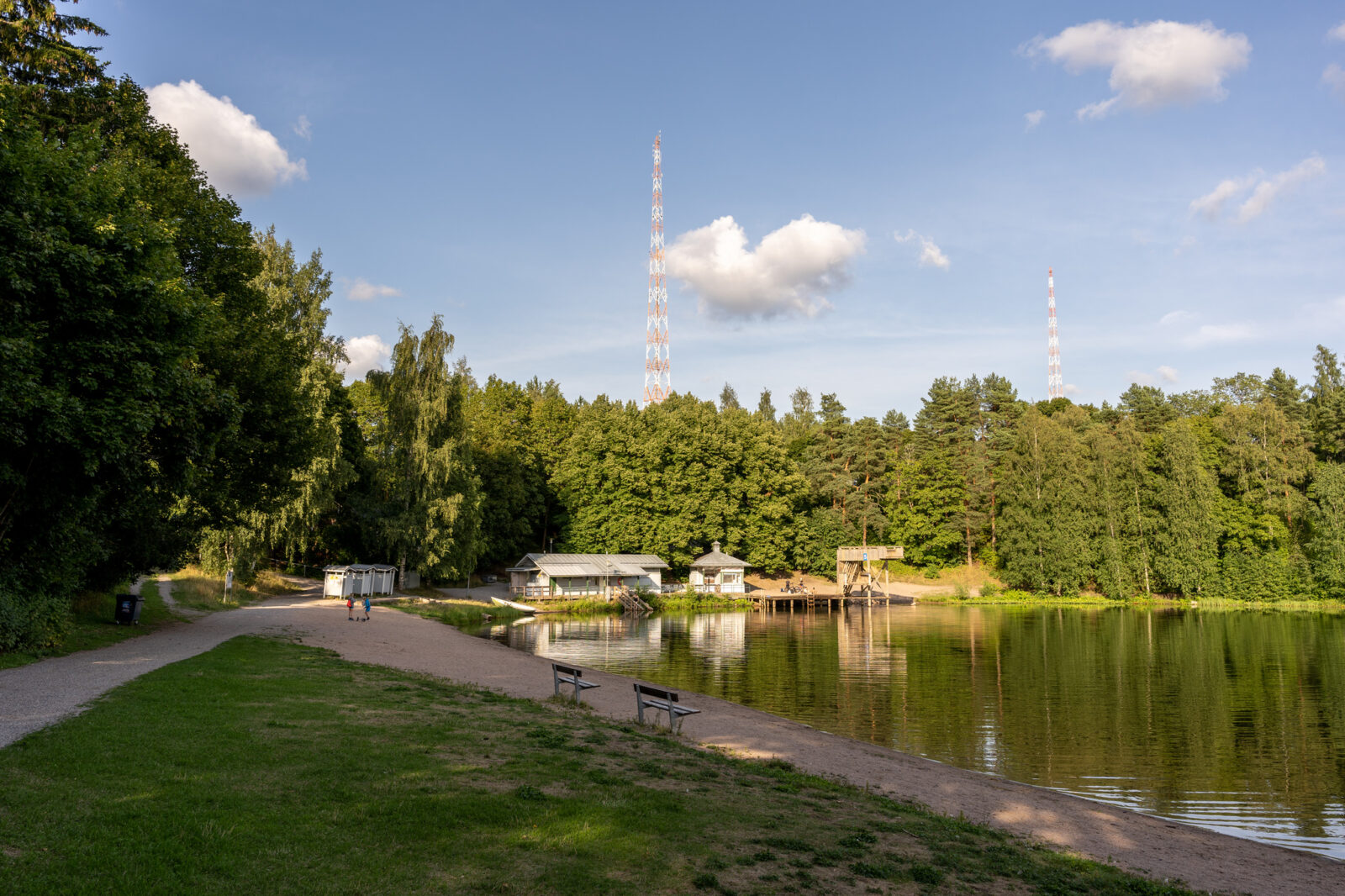The city of Lahti has checked all the official beaches and collected water samples on July 18th and 19th. Despite the presence of blue-green algae, the water quality is considered good in all beaches. The water temperatures ranged from 19.5 to 22.5 degrees Celsius. You can find the test results on the notice board of the beaches.
Due to the high levels of blue-green algae, it’s not recommended to swim at Mytäjäinen beach at the moment. Another water sample taken on July 25th confirmed to show a significant amount of the algae. The results of this follow-up sample will also be posted on the notice board at the beach.
The presence of blue-green algae at the other public beaches has been minimal.
The next water sampling at official beaches will be on August 8th.
Swimming at Ankkuri beach is safe
Bird flu has been found in birds in the harbor area. Many dead birds have been collected in the area since July 10th, but it has not affected the water quality of the official beaches.
It is highly unlikely for bird flu to spread through swimming water. However, it is adviced to avoid swimming in areas close to where there have been reports of many bird deaths. For now, it is recommended to stay away from swimming near the breakwater in Lahti harbour.
If you observe multiple dead wild birds or individual dead birds of prey, you can report then to the Lahti veterinary inspector during office hours or to the on-call municipal veterinarian outside office hours.
More information and instructions about the bird flu cases in Lahti: Bird flu cases confirmed in gulls – avoid touching dead birds in the Ankkuri area
